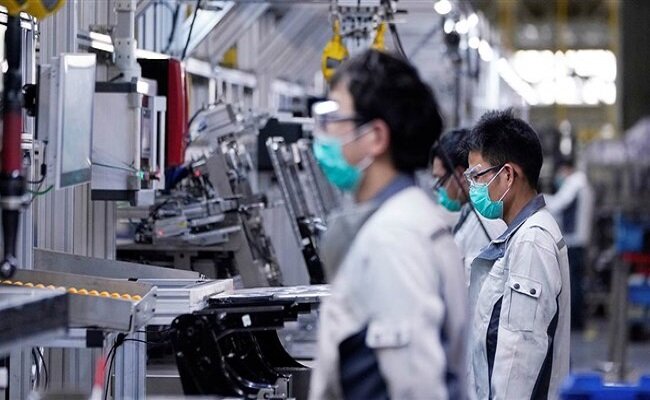The activity of Asian factories weakened

reported by %20%0A
Purchasing managers’ index (PMI) surveys showed on Tuesday that factory activity in Japan slowed in September and expanded at a slower pace in Taiwan, indicating a negative impact of global demand on Asian exporters. is.
Tuesday’s data also showed that South Korea’s export growth slowed in September, while exports to the world’s largest economy barely picked up, showing one of the consequences of the slowdown in the U.S. economy.
style=”text-align:justify”>
In China, factories are struggling to survive, as the Caixin/S&P Global manufacturing purchasing managers’ index released on Monday showed the index rose to 50.4 in September from a month earlier. It has decreased to 49.3, which is the lowest rate since July last year.
A similar situation prevailed in Japan, which relies on exports to boost economic growth in the midst of a consumption crisis. The Bank of Japan’s PMI fell to 49.7 in September from 49.8 in August, remaining below the 50 threshold, separating growth from contraction for the third straight month.
Shivan Tandon, market economist at Capital Economics, on the Asia PMI, said that softer growth in new orders was the main factor weighing on manufacturing last month. According to the economist, it appears that weak global demand will remain weak in the coming months and will weigh on Asian activity in the short term.
The PMI for Taiwan fell to 50.8 in September from 51.5 in August. Surveys showed that production activities in Vietnam, Malaysia and Indonesia have also decreased. Growth in India’s manufacturing industry also fell to an eight-month low in September as new orders, a key measure of demand, grew at the weakest pace since December.
The International Monetary Fund predicts that Asian economies are on the verge of a soft landing as deflationary moderation will create room for central banks to ease monetary policy to support growth. This financial institution predicts that Asia’s growth will decrease from 5% in 2023 to 4.5% this year and 4.3% in 2025.


